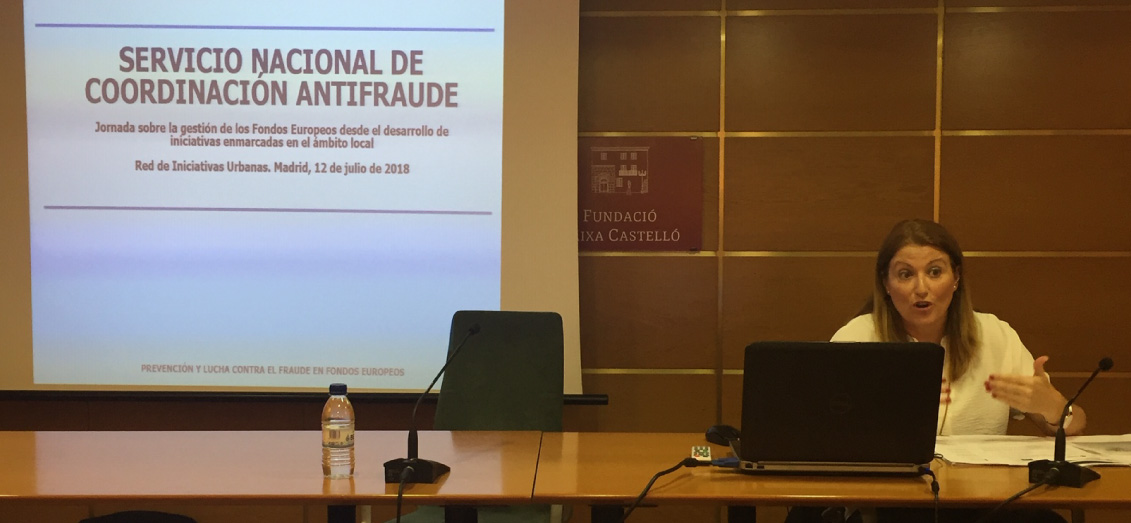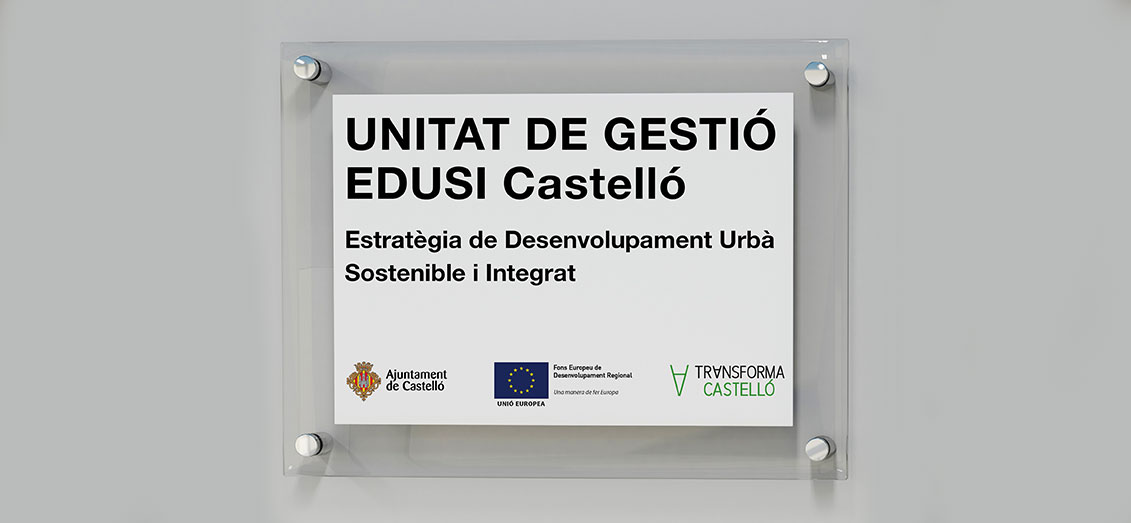Monitoring: Information and Transparency Plan
The EDUSI management team has activated an Information and Transparency Plan, which includes the design of a website aimed at informing citizens about EDUSI, its challenges, its social impact, the process of materialising operations and its results (https://edusitransformacs. castello.es/); and social networking profiles in order to feed the information flow, increase its social projection and generate a feedback with citizens (answering questions, managing suggestions).
Furthermore, it provides the Social Council with relevant information regarding the development of the Strategy, facilitating thereby its evaluation, and it is in charge of drawing up a periodic report on the implementation of the EDUSI to inform citizens about its state of development.
An EDUSI with citizen support
The participatory processes are not only present in the Integrated Sustainable Urban Development Strategy of Castelló in general, but also within its operations in order to further consolidate its implementation. In fact, all the actions included in the EDUSI have inherently a prior participatory process. It is carried out through the municipal councils of the city (mobility, security, elderly…) or through consultation with the groups involved (neighbourhood organisations or trade associations).
Anti-fraud measures
In order to ensure the adequate development and implementation of the Integrated Sustainable Urban Development Strategy of Castelló (EDUSI), and in compliance with the Compromise Agreement regarding the assumption of duties for the EDUSI management signed by the City Council of Castelló de la Plana on 21 December 2016, the City Council has constituted a Fraud Risk Self-Assessment Team.
It is intended to ensure effective and proportionate anti-fraud measures in relation to the operations selected for ERDF funding. Its main functions are to implement initial fraud risk assessment procedures; preventive procedures, including planning annual training measures for the executing units; detection procedures, including carrying out fraud risk self-assessment exercises on an annual basis; the use of the tool: ARACHNE; the use of a Red Flags system; the implementation of a mechanism for reporting irregularities as well as correction and prosecution procedures, including the application of the Anti-Fraud Action Plan, which is intended to correct and mitigate the risk of any further repetition.






